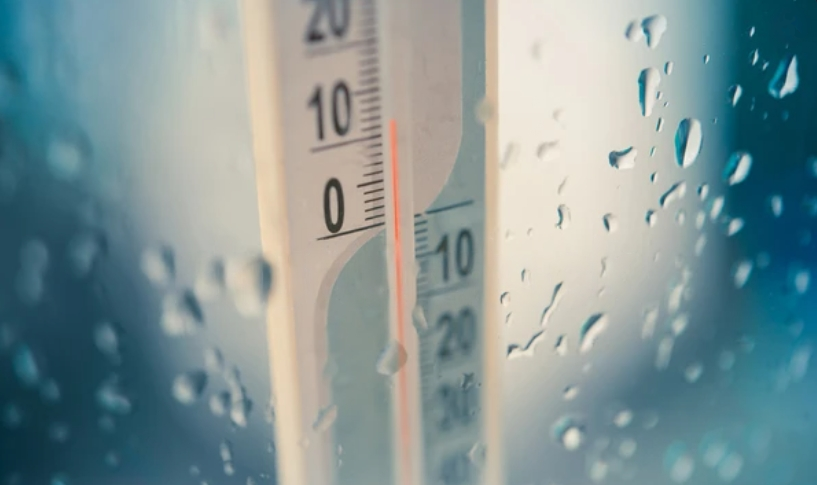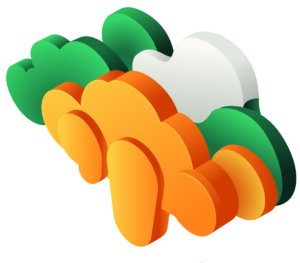As technology continues to evolve in temperature monitoring systems, now is the right time to re-evaluate your current procedures and processes. Countless organizations have begun expanding insights with temperature monitoring systems, resulting in improved ROI, quality, and efficiency.
In this comprehensive guide, we’ll outline everything you need to know about temperature monitoring systems, including the risks of lagging controls, which industries benefit, and important features to watch out for.
What are the Risks of Improper Temperature Monitoring?
Failing to implement the proper temperature monitoring controls can yield serious repercussions for your business. First, you could be exposing your customers to bacteria and other foodborne illnesses. E. coli and Salmonella can occur if your food temperatures reach just one degree outside of the acceptable range.
Consumers pay attention to the safety of their food. Mass recalls can impact your brand image for years. More than one recall could bankrupt your organization. In order to preserve your brand image, you need to infuse safety into all aspects of your production and distribution processes.
Not to mention that there are financial risks associated with poor temperature monitoring controls. How much would your business lose from recalling an entire batch of products? What is the financial impact of having unusable medication? Mistakes come with a monetary cost. By infusing a comprehensive temperature monitoring system, you can preserve your bottom-line number and maximize profitability.
The risks of improper temperature monitoring expand if your products go through multiple stages on the supply chain. How can you determine where foodborne illnesses occur if you don’t have the proper temperature monitoring controls in place? Pinpointing the source of improper temperature is essential to fix the inefficiency and prevent issues going forward.
What Industries Can Benefit from Temperature Monitoring Systems?
Temperature monitoring systems aren’t just used in food service industries. In fact, pharma is another major industry that can utilize monitoring systems to optimize quality and safety. Certain drugs, like chemotherapy and anti-seizure medications, need to be kept at specific temperatures to be effective.
Neglecting to properly monitor the temperatures of these items can lead to ineffective doses being administered, placing patients at risk. The same is true for samples collected from patients. Certain lab tests require a specific temperature range for the samples. By utilizing a temperature monitoring system, you can ensure that your patient samples are being stored at the proper temperature, leading to accurate test results.
What are Important Features of Temperature Monitoring Systems?
Temperature monitoring systems simplify the entire process, giving your business access to real-time temperature updates. Not all temperature monitoring systems have the same features, which makes it important to evaluate what your business needs to find the right solution. Here are a few key aspects you should consider:
- Automatic Monitoring Capabilities – To maximize the insights you receive from your monitoring system, you want automatic updates and monitoring. Receiving an alert that your product’s temperature dropped below the acceptable range a few hours after the fact doesn’t do your business any good. Instead, you need real-time updates that allow your team to take swift action to avoid a total loss.
- Employee Training – Temperature monitoring systems are relatively new. This makes it important to choose a system that comes with comprehensive training for your team. It takes a conscious effort from everyone on your team to fully leverage the advantages of temperature monitoring systems.
- Reliability – Going with the cheapest monitoring system on the market isn’t always the best option. You want to choose a monitoring system that is reliable. Look into customer reviews and the system’s rating to gauge reliability and accuracy.
- Customization – Temperature control monitoring systems aren’t just used in the food industry. Your team should be able to customize the product to fit your needs, such as adding data collection parameters that meet industry standards.
- Compliance – Depending upon your industry, you may need to show certain compliance documents to prove your temperature monitoring system is suited for your business. These can include CFR21 P11 compliance, or other software or sensor requirements.
Other useful features include a comprehensive dashboard, technical support, and cloud-based capabilities.
Checking All the Boxes
Are you ready to leverage a temperature monitoring system in your business? At Qualified Controls, our wireless real-time environmental monitoring sensors check all the boxes. With our accurate and reliable system, you can continuously measure environmental conditions, giving your team agility and improving transparency on all fronts with comprehensive data and insights.


